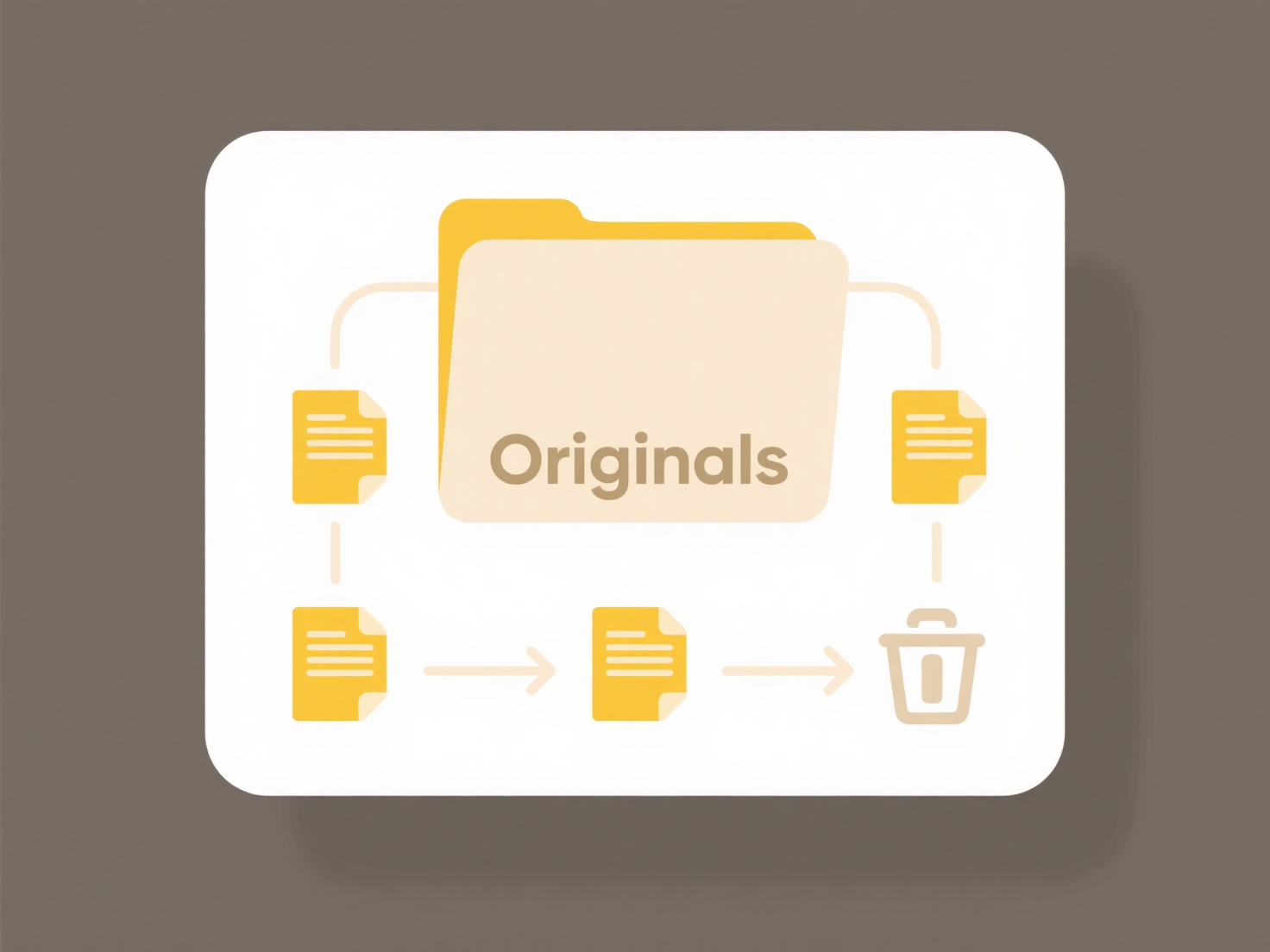
Folder dashboards provide a consolidated view of activity and status for all files within a specific folder. Unlike simply browsing folder contents, they actively track key metrics such as recent updates, item count, task status, user interactions, or even custom data points relevant to the contents. They aggregate information visually, turning a storage location into a dynamic monitoring panel without needing to open each file individually.

These dashboards are frequently used in project management environments—for example, to track the progress of marketing collateral (design drafts, copy documents) stored in a shared folder using integrations like Google Workspace with Power BI, or within Digital Asset Management (DAM) systems like Bynder to monitor asset usage and approvals. Software development teams might also use them via platforms like Azure DevOps or specialized folder analytics tools to track code file check-ins within a repository folder.
The main advantage is gaining real-time oversight and efficiency, reducing the need to manually inspect numerous files. However, they require initial setup and rely on metadata/usage data availability. Potential limitations include complexity in tracking highly dynamic folders. Ethical considerations involve ensuring proper access controls and user consent for any personal data tracked. As integration capabilities grow, folder dashboards are becoming more automated and insightful, enhancing digital organization.
Can I create folder dashboards for tracking?
Folder dashboards provide a consolidated view of activity and status for all files within a specific folder. Unlike simply browsing folder contents, they actively track key metrics such as recent updates, item count, task status, user interactions, or even custom data points relevant to the contents. They aggregate information visually, turning a storage location into a dynamic monitoring panel without needing to open each file individually.

These dashboards are frequently used in project management environments—for example, to track the progress of marketing collateral (design drafts, copy documents) stored in a shared folder using integrations like Google Workspace with Power BI, or within Digital Asset Management (DAM) systems like Bynder to monitor asset usage and approvals. Software development teams might also use them via platforms like Azure DevOps or specialized folder analytics tools to track code file check-ins within a repository folder.
The main advantage is gaining real-time oversight and efficiency, reducing the need to manually inspect numerous files. However, they require initial setup and rely on metadata/usage data availability. Potential limitations include complexity in tracking highly dynamic folders. Ethical considerations involve ensuring proper access controls and user consent for any personal data tracked. As integration capabilities grow, folder dashboards are becoming more automated and insightful, enhancing digital organization.
Quick Article Links
Can I rename files for better SEO?
Renaming files for better SEO involves changing filenames to be more descriptive and keyword-rich, making them easily un...
How do I save a webpage as PDF?
Saving a webpage as a PDF means converting its current content and layout into a fixed-format Portable Document Format (...
What does “You need administrator permission to save” mean?
"You need administrator permission to save" is a security notification common on Windows operating systems. It occurs wh...